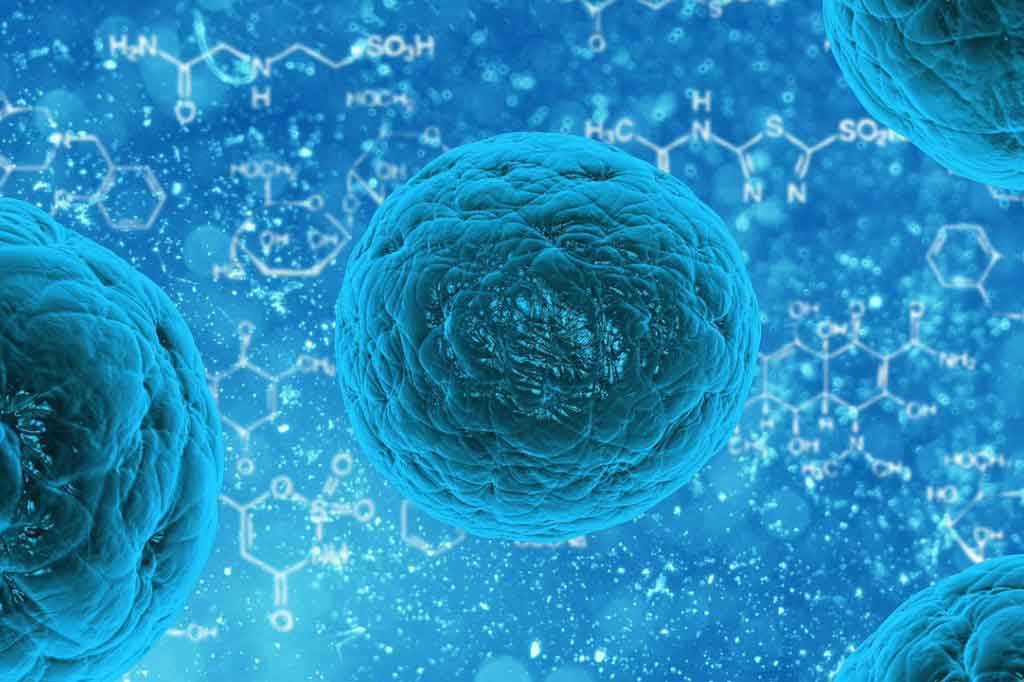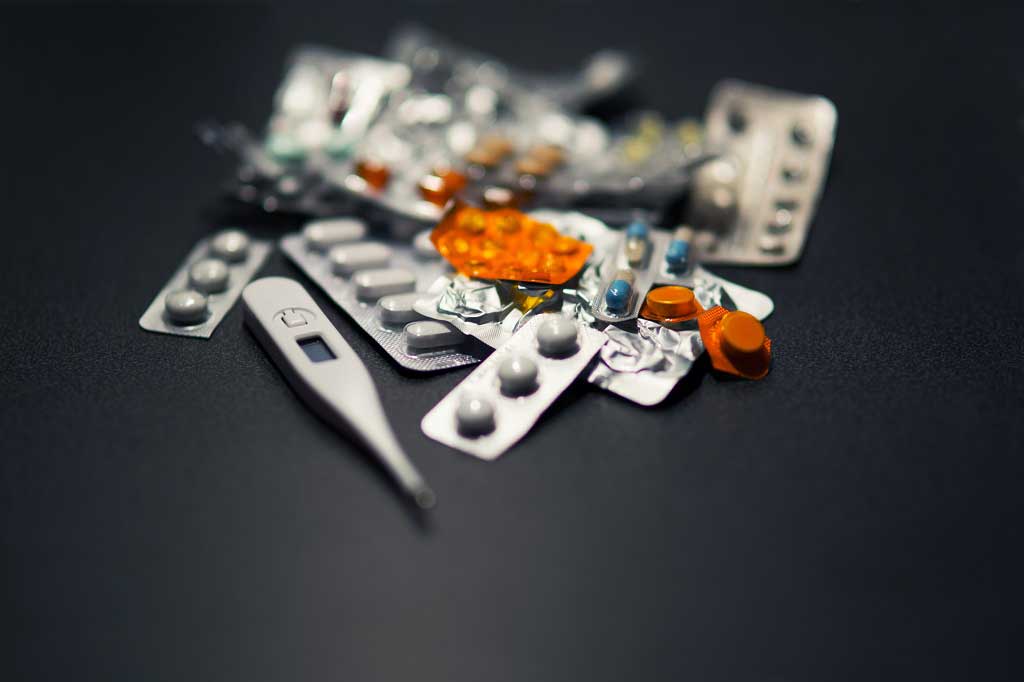New technique for growing adult stem cells
Genetics and stem cells
“A new plastic surface which overcomes the difficulties associated with growing adult stem cells has been developed,” reports the BBC. This news is based on a laboratory study...
“A new plastic surface which overcomes the difficulties associated with growing adult stem cells has been developed,” reports the BBC.
This news is based on a laboratory study that aimed to develop a plastic surface that would allow stem cells to multiply while retaining their stem cell properties. Stem cells, which have the ability to form multiple cell types, often ‘differentiate’ to form specialised cell types when they are grown in the laboratory using existing techniques. This means that they no longer function as stem cells.
The researchers found that growing stem cells from bone marrow on a plastic surface embossed with a particular arrangement of tiny pits allowed more of the cells to remain as stem cells for longer. More research will be needed to determine whether the surface is similarly effective for other types of stem cells.
This research has developed a surface which allows the proliferation and maintenance of stem cells. It provides researchers with a tool to help them towards their long-term goal of successful stem cell therapies for human disease.
Where did the story come from?
The study was carried out by researchers from the University of Glasgow and the University of Southampton in the UK, and King Saud University in the Kingdom of Saudi Arabia. Funding was provided by a Lord Kelvin/Adam Smith Scholarship from the University of Glasgow, and grants from the Biotechnology and Biological Sciences Research Council (BBSRC).
The research was published in the peer-reviewed scientific journal Nature Materials . This story was covered by the BBC, which explained the findings very clearly.
What kind of research was this?
This was a laboratory study which aimed to develop a surface that would allow adult stem cells to grow in the laboratory and retain their stem cell characteristics.
Stem cells are a type of cell that have the potential to develop (differentiate) into any specialised type of cell. They also have the ability to divide indefinitely. Skeletal stem cells are a subgroup of stem cells that can be induced to form cartilage, bone and fat cells. The use of these cells in human treatments is currently a major avenue of research.
However, the development of any therapies has been hindered because the techniques that are currently used to grow them in the laboratory often results in the cells developing spontaneously into specialised types of cells. This ‘premature’ development means that they no longer function as stem cells.
The researchers say that the interaction between these skeletal stem cells and the surface they are grown on has been shown to influence how they function and differentiate. Therefore, in this study they aimed to develop a surface that would allow skeletal stem cells to grow and divide (and therefore increase in number) without forming into specialised cells.
What did the research involve?
The researchers fabricated a special ‘pitted’ plastic surface and tested whether they could maintain skeletal stem cells in an undifferentiated state (as stem cells) for up to eight weeks. They report that the technique they used to produce this surface is straightforward, and similar to that already used for Blu-ray manufacture.
The researchers looked at the effect that the arrangement of the tiny pits in the plastic surface had on the stem cells. They had already discovered that a particular arrangement of pits caused the stem cells to differentiate into osteoblasts (bone cells), which the researchers used as a control. They grew stem cells on this surface and other surfaces with different arrangements of pits or a second type of control surface with no pits at all.
They checked the cells that were grown on them for the expression (activity) of genes that are only expressed in stem cells and other genes that are only expressed in differentiated cells after four and eight weeks. They also tested whether the stem cells grown in this way could still differentiate into different types of cells after they were exposed to different stimuli, which is a key property of stem cells. The researchers also carried out a number of experiments to further investigate how the cells retained their stem cell properties.
What were the basic results?
The researchers found that skeletal stem cells grown on the specialised plastic surface with pits in an absolutely square symmetrical grid caused a higher proportion of cells to retain their stem cell properties over eight weeks compared to the control surfaces.
After four weeks on this surface, these cells expressed genes that are typical of stem cells. If the cells were removed from this surface at this point and grown with the appropriate stimuli, they were able to develop into specialised bone cells or fat cells. However, if the stem cells were exposed to these stimuli while they were still on the plastic surface, they were less likely to develop into fat or bone cells.
The researchers also found evidence that small molecules, called small RNAs, might be playing a role in allowing the cells to remain as stem cells on the special surface.
How did the researchers interpret the results?
The researchers concluded that their study ‘illustrates that a remarkable small modification in surface nanotopography can prove permissive for [skeletal] stem cell growth and development.’ They say that the methods they have developed could potentially be scaled up and used to grow a patient’s own stem cells for treatments.
Conclusion
The researchers have developed a surface that allows the proliferation and maintenance of skeletal stem cells in the laboratory for up to eight weeks. Stem cells can divide indefinitely and develop into any type of specialised cell. As such, there is hope that stem cells may be useful for treating various diseases by regenerating damaged tissue. To achieve this, it will be necessary for researchers to be able to grow these cells in the laboratory, both to study them further and to be able to create enough cells for use in human treatment.
One challenge in doing this with skeletal stem cells is that they spontaneously develop into specialised types of cells when they are grown in the laboratory, which means that they no longer function as stem cells. This study has identified a specific arrangement of minute pits on a special plastic surface that can maintain these stem cells for up to eight weeks in the laboratory. Whether this technique will work for other types of stem cells will need to be tested, as will the ability to grow stem cells in this way for longer than eight weeks.
Overall, this study provides researchers with a tool to help them towards their long-term goal of successful stem cell therapies for human disease.






 Subscribe
Subscribe Ask the doctor
Ask the doctor Rate this article
Rate this article Find products
Find products







